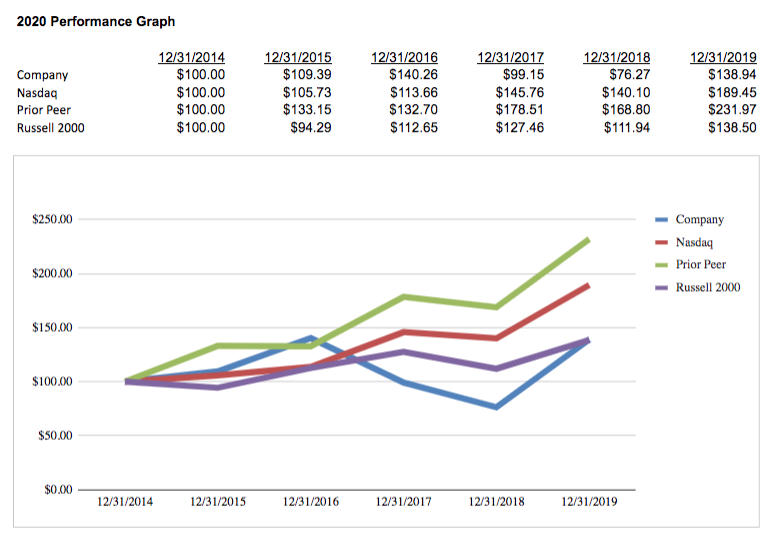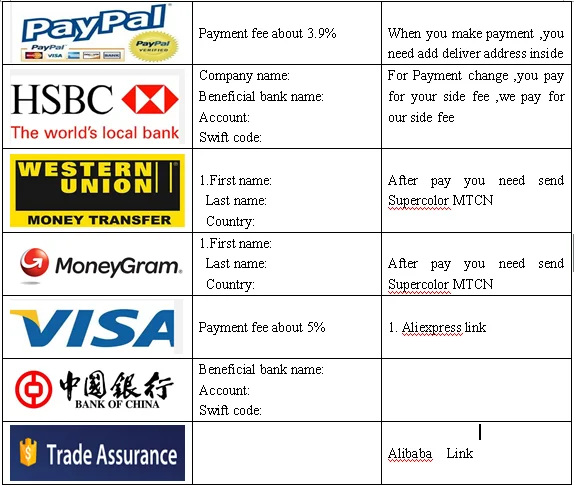How to Calculate a Loan Payment: A Step-by-Step Guide for Borrowers
Guide or Summary:How to Calculate a Loan PaymentHow to Calculate a Loan PaymentWhen it comes to managing your finances, understanding how to calculate a loa……
Guide or Summary:
How to Calculate a Loan Payment
When it comes to managing your finances, understanding how to calculate a loan payment is crucial. Whether you're considering a mortgage, personal loan, or auto loan, knowing how to determine your monthly payments can help you make informed decisions that align with your budget and financial goals. In this comprehensive guide, we will explore the process of calculating your loan payments, the factors that influence these payments, and some handy tips to ensure you’re making the best financial choices.
#### Understanding Loan Payments
At its core, a loan payment is the amount of money you are required to pay back to a lender on a regular basis, typically monthly. This payment usually consists of two main components: principal and interest. The principal is the original amount borrowed, while the interest is the cost of borrowing that amount. The total payment can also include taxes and insurance, particularly in the case of mortgages.
#### The Loan Payment Formula
To calculate your loan payment, you can use the following formula:
\[ M = P \times \frac{r(1 + r)^n}{(1 + r)^n - 1} \]
Where:
- \( M \) = total monthly payment
- \( P \) = loan principal (the amount borrowed)
- \( r \) = monthly interest rate (annual interest rate divided by 12)
- \( n \) = number of payments (loan term in months)

This formula helps you determine what your monthly payments will be based on the loan amount, interest rate, and loan term.
#### Step-by-Step Calculation
1. **Determine the Loan Amount (P)**: This is the principal amount you wish to borrow. For example, if you are buying a car and the price is $20,000, that will be your loan principal.
2. **Find the Interest Rate (r)**: This is typically expressed as an annual percentage rate (APR). If your bank offers a 5% APR, you would convert that to a monthly rate by dividing by 12. In this case, it would be 0.05/12 = 0.004167.
3. **Decide on the Loan Term (n)**: This is the length of time over which you will repay the loan. If you choose a 5-year loan, that means you will make 60 monthly payments (5 years x 12 months).
4. **Plug the Values into the Formula**: Using the values from the previous steps, you can now calculate your monthly payment.
#### Example Calculation
Let’s say you’re taking out a $20,000 loan at a 5% annual interest rate for 5 years.
- \( P = 20000 \)

- \( r = 0.004167 \) (5% annual rate divided by 12)
- \( n = 60 \) (5 years x 12 months)
Plugging these values into the formula:
\[ M = 20000 \times \frac{0.004167(1 + 0.004167)^{60}}{(1 + 0.004167)^{60} - 1} \]
Calculating this will give you your monthly payment amount.
#### Factors Influencing Loan Payments
Several factors can influence your monthly loan payment:
- **Interest Rate**: A higher interest rate will increase your monthly payment, while a lower rate will decrease it.
- **Loan Amount**: The more you borrow, the higher your monthly payment will be.

- **Loan Term**: A longer loan term means smaller monthly payments, but you will pay more in interest over the life of the loan.
#### Tips for Managing Loan Payments
- **Budget Wisely**: Always ensure that your monthly loan payment fits comfortably within your budget. This will help you avoid financial strain.
- **Consider Prepayment Options**: Some loans allow you to make extra payments toward the principal, which can reduce your total interest paid and shorten the loan term.
- **Shop Around**: Different lenders offer various interest rates and terms. Comparing these can save you money in the long run.
In conclusion, knowing how to calculate a loan payment is an essential skill for anyone looking to borrow money. By understanding the components of your loan and using the formula provided, you can make informed financial decisions that will benefit you in the long term. Remember to consider all factors that influence your payments and always budget accordingly to ensure you stay on track financially.